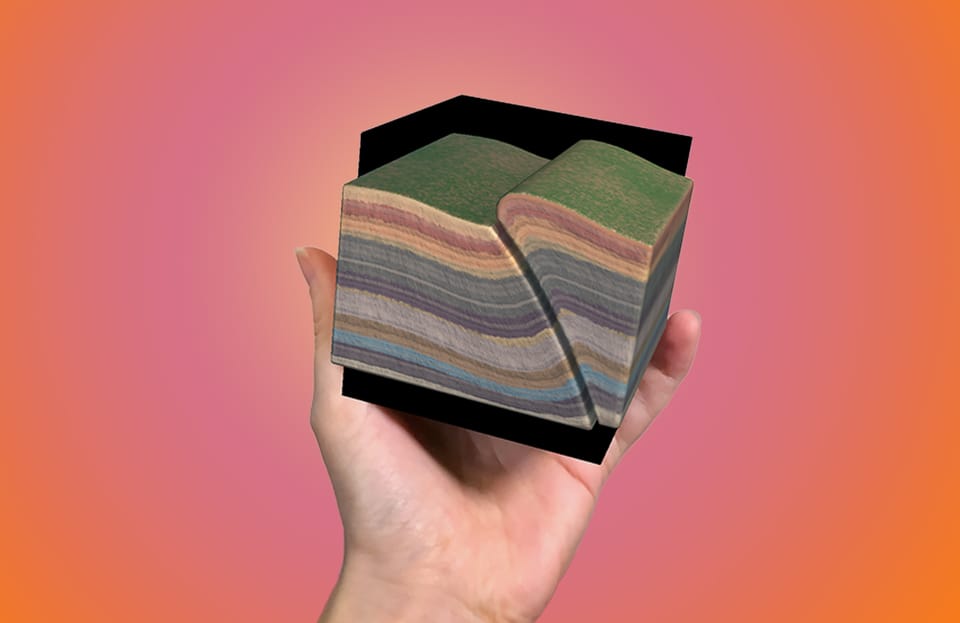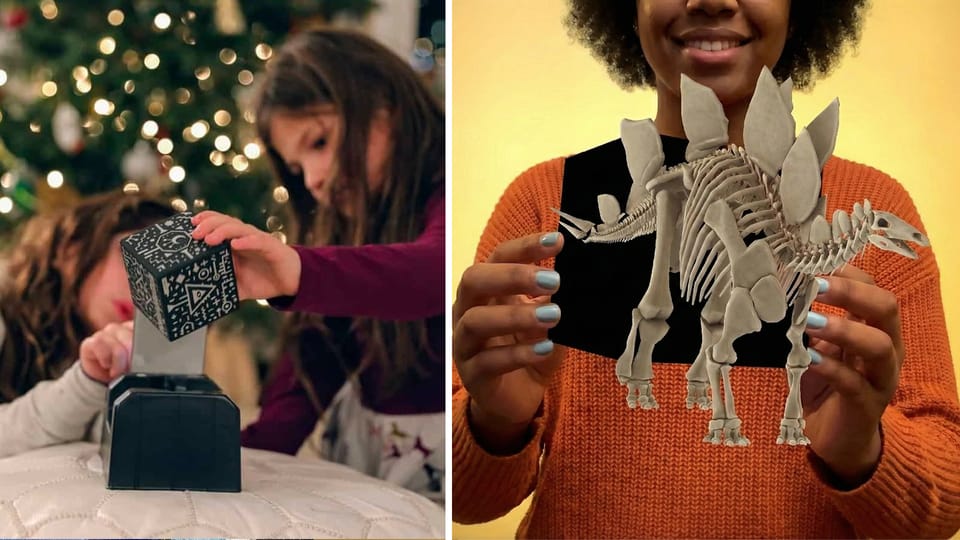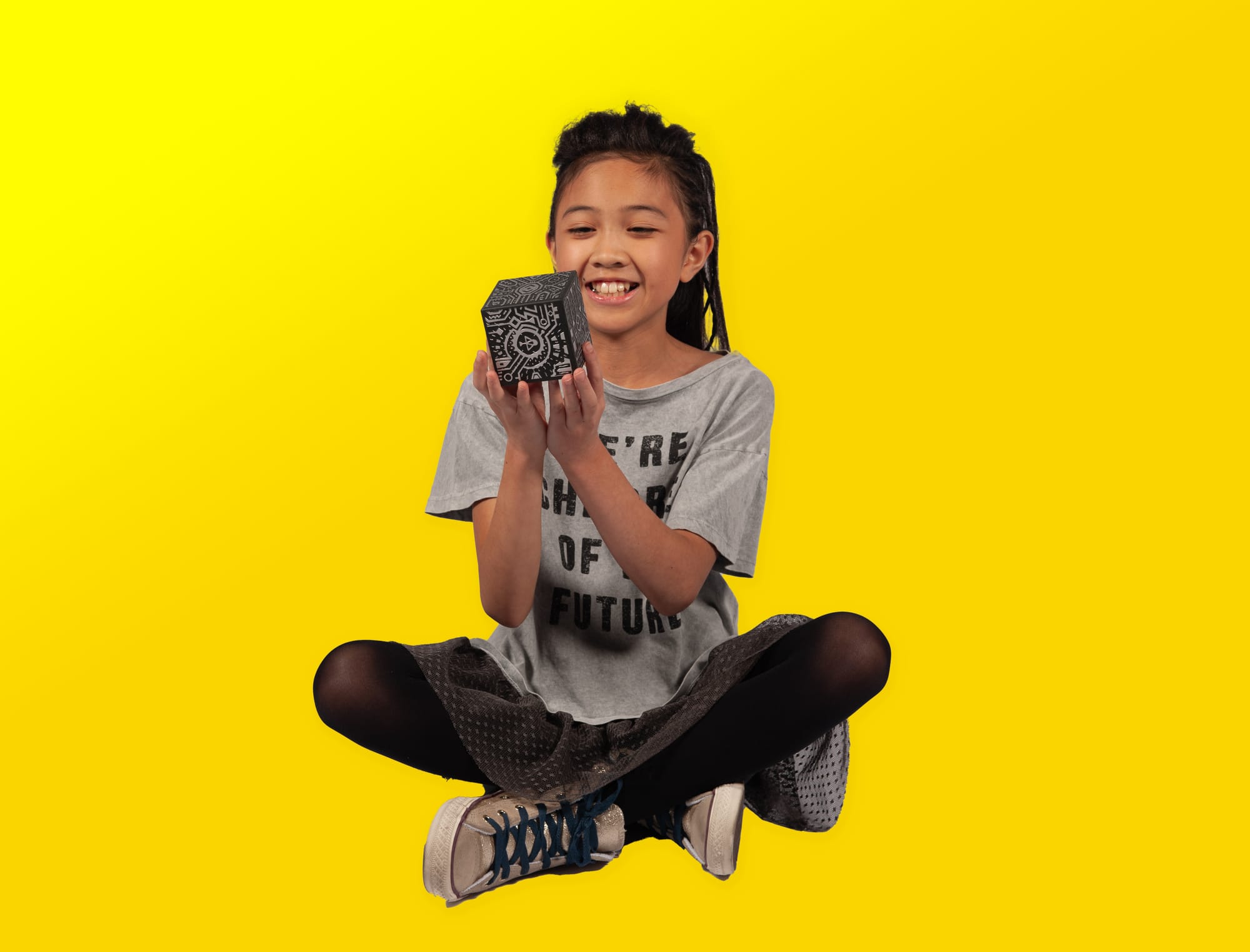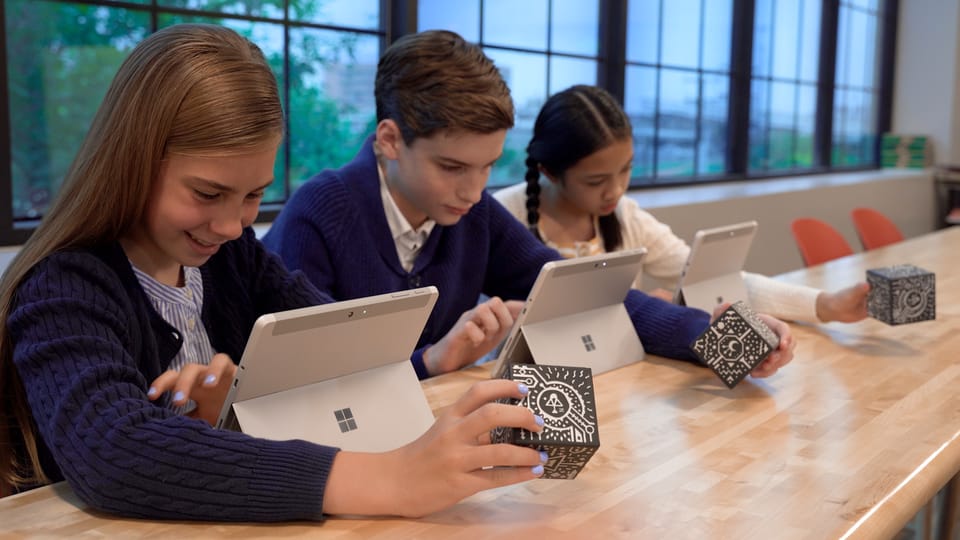🐸 Frog Day Fun: Leaping into Frog Science with AR
With Merge EDU, your students can see, hold, and explore everything that makes frogs fascinating—without ever leaving the classroom.

Did you know there’s a whole holiday inspired by a jumping frog? May 13 is National Frog Jumping Day, a quirky and fun celebration based on Mark Twain’s classic story—“The Celebrated Jumping Frog of Calaveras County.”
But this isn’t just a chance to revisit literature. It’s also the perfect reason to jumpstart a hands-on frog lesson in your science class!
🧪 Hop into Augmented Reality + Science
Merge EDU makes frog study more engaging than ever. Instead of reading about anatomy or staring at diagrams, students can hold a virtual frog in the palm of their hand—and even dissect it digitally using our 3D simulations.
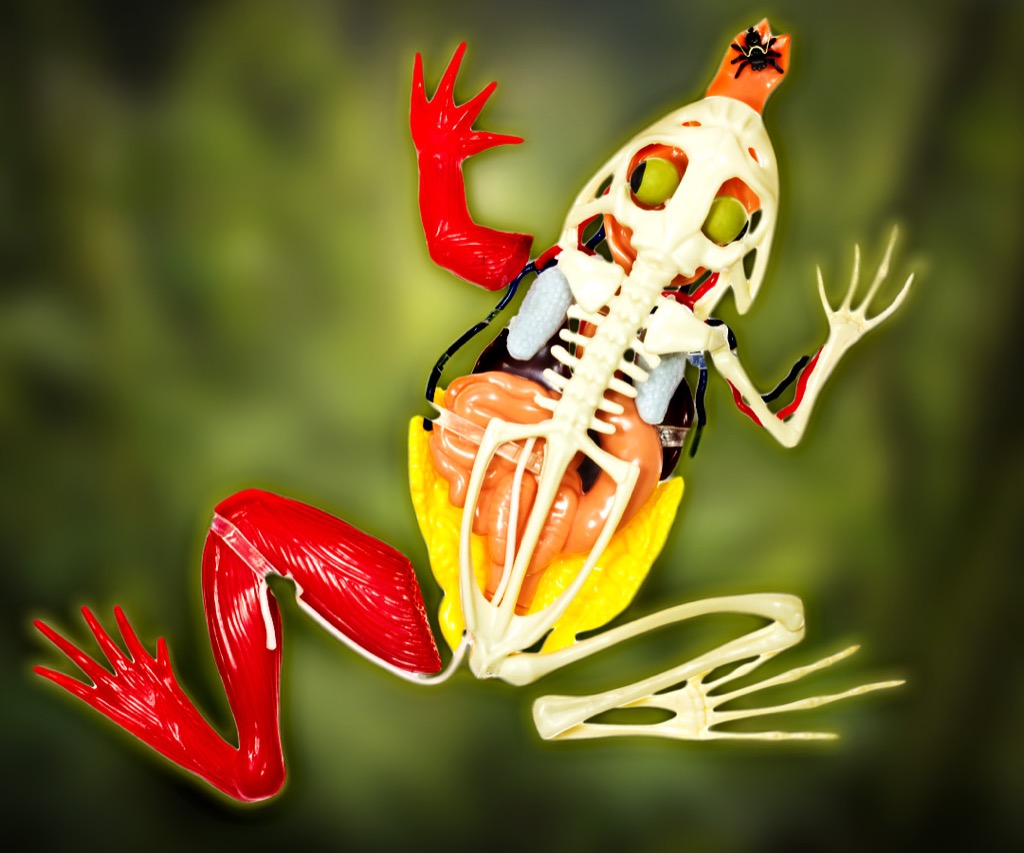

Here’s how you can celebrate Frog Day in your classroom:
✅ Use Merge Explorer to explore the frog’s life cycle—from egg to adult
✅ Try the virtual frog dissection activity for a hands-on biology lab with no mess
✅ Hold various frog specimens up close with Merge Object viewer - even poison dart frogs
✅ Record a “frog facts” video using the built-in screen recording tool to explain adaptations
🔬 Why AR Frog Dissection Changes Everything
Traditional dissection has long been a rite of passage in biology classrooms—but it also comes with challenges: ethical concerns, cost, mess, and limited access. Merge EDU’s AR dissection solves all of that, while deepening student engagement and comprehension.
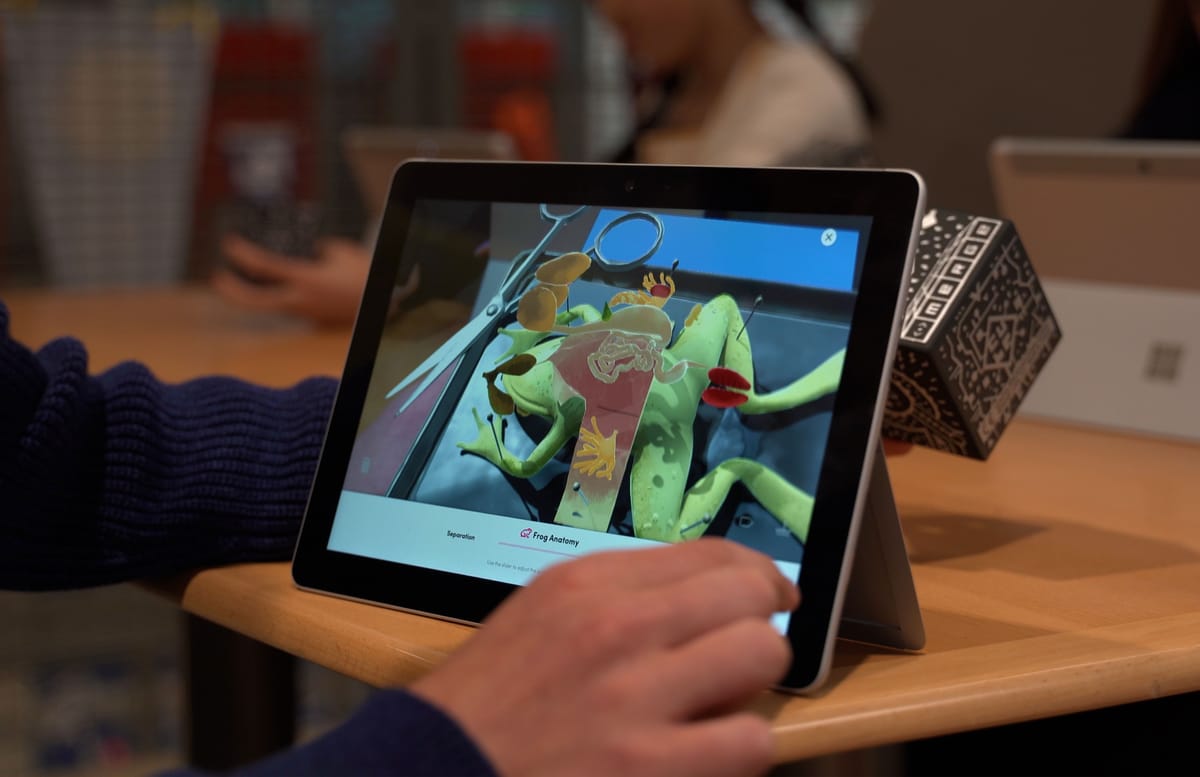
Here’s how:
1. Ethical, Zero-Waste Learning
No frogs are harmed in the making of our simulations. Students explore anatomy without real specimens, making it ideal for classrooms with ethical or cultural concerns around dissection.
2. Accessible for Every Student
All students get a front-row seat. No crowding around a tray—each learner can hold, rotate, and explore the frog independently using a Merge Cube and device.
3. Supports Multiple Learning Styles
Visual, tactile, and auditory learners all benefit. The immersive interaction makes biology stick, especially for students who struggle with memorization from textbooks alone.
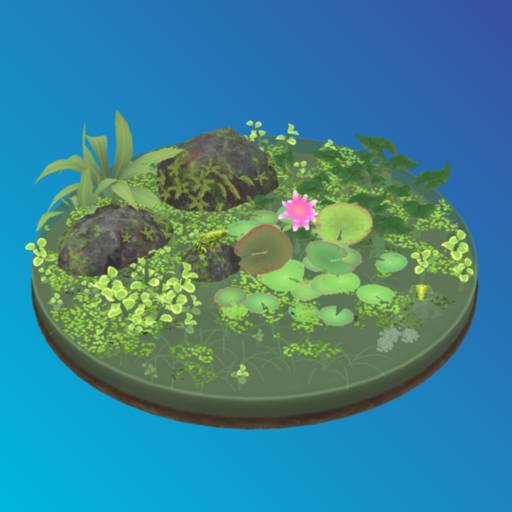
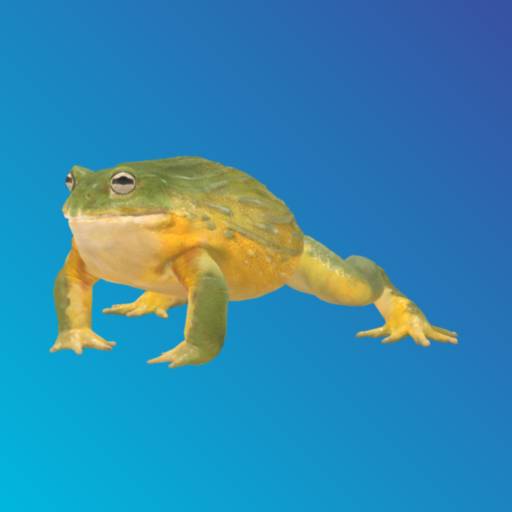
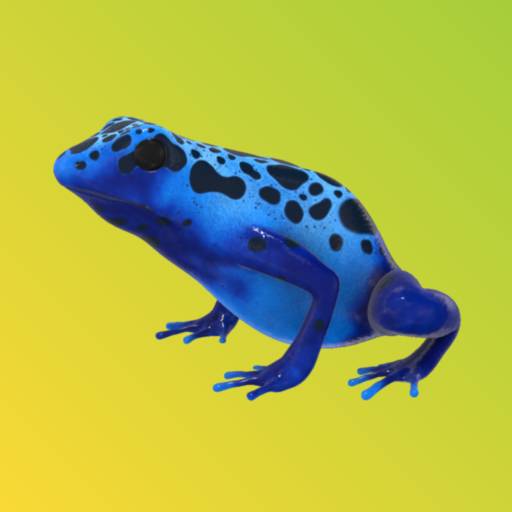
🌱 Why It Matters
Frogs are more than jumpers—they’re bioindicators, meaning their health can signal environmental changes. By letting students explore frogs in interactive, 3D ways, we’re helping them build empathy, curiosity, and scientific awareness that extends beyond the textbook.
So this Frog Day, let’s leap into immersive learning. With Merge EDU, your students can see, hold, and explore everything that makes frogs fascinating—without ever leaving the classroom.
Ready to hop in?
Get a free trial of Merge EDU by visiting trymerge.com, and print out a Merge Paper Cube at mergecube.com/paper.
Don’t forget to tag @Merge on Instagram and share your Frog Day fun with us!







